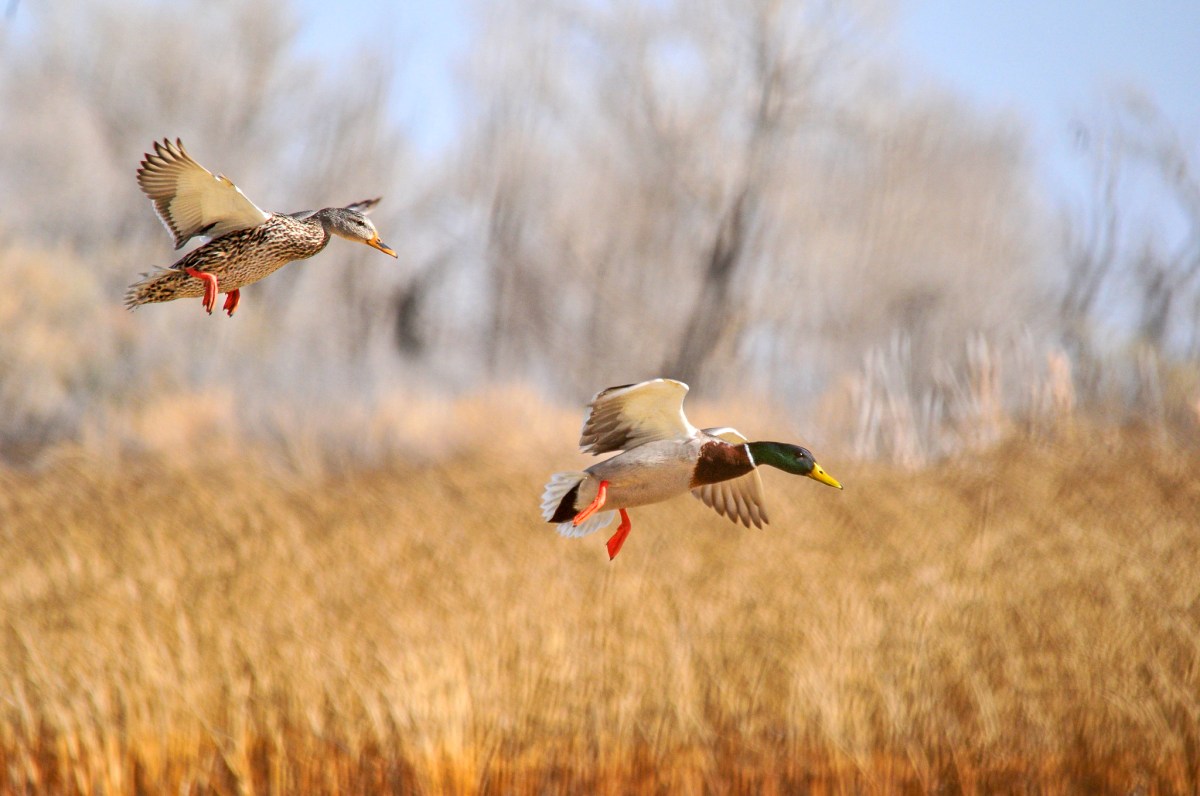It’s hard to argue with the convenience of AI-generated searches and chatbots, which spit out immediate answers to almost any question we can think of. But when it comes to hunting and fishing regulations, those results are often plain wrong. That’s according to officials in multiple states who are seeing a growing problem as more outdoorsmen rely on AI to check hunting regs.
In the last week alone, both Idaho Fish & Game and the Wyoming Game & Fish Department have issued news releases about the untrustworthiness of AI-generated information.
“There was one individual recently who used AI to find out when waterfowl season started, and they ended up going out there a day early,” IDFG spokesperson Roger Phillips tells Outdoor Life. Phillips adds that he can’t be 100 percent sure if that hunter had made an honest mistake, or if they were just using AI as an excuse. “But I will say that excuse isn’t going to fly. That’s like, ‘Well my buddy told me the limit was five trout, not four.’ You couldn’t say that to an officer with a straight face and think you’re gonna get out of a ticket.”
Phillips says there have been other citations issued in Idaho this year for similar reasons, but that it’s not what he’d call a widespread problem at this point. He says his colleagues looked into this a little further, and found that when it came to waterfowl regs specifically, AI had pulled info from proposed legislation on bag limits and season-setting rather than the final decision.
WGFD public information officer Amanda Fry says Wyoming has seen the same issue with AI giving inaccurate information that was based on failed legislative bills — and not current law.
Fry is not yet aware of any citations issued to hunters in Wyoming who were relying on AI for information. She says the issue was brought to the agency’s attention recently by a member of the public, who saw a “completely inaccurate” AI overview of hunting regs that had been printed and posted on a local bulletin board.
“So, it’s something we’ve identified as a potential issue, and we’re trying to get the word out,” Fry says. “Especially since the AI overview is the first thing you see in a lot of search engines now.”
Just in the last week, Fry adds, she’s been talking with communications teams in other states about the rapid development of AI.
“I think it’s safe to say this is something that all states could be dealing with. It’s not malicious at all … I think it’s more of a habit that we’ve fallen into by relying on these search engines, which have kind of morphed into AI,” Phillips says. “And we all know how [this technology] works. It casts a very wide net, then compiles all that info and says, ‘Here’s what we think is right.’”
Both Fry and Phillips say the solution to this misinformation problem is simple. You can keep asking AI about local restaurants and sports teams, but when it comes to hunting and fishing regs, it’s best to go straight to the source. Every state publishes a free brochure annually that includes this information, and most have digital versions (here’s an example from Wyoming) that you can download straight to your phone. This might be more time-consuming than using Gemini or chatGPT, but it’s a much better way to stay informed as a responsible hunter and angler — and avoid a ticket.
Read Next: Meet Kayla, the Sexy AI-Generated Huntress Telling You How to Hunt Deer
“There’s a reason our regs booklets are 125 pages,” Phillips says. “You’ve got general hunts, controlled hunts, then archery vs. muzzleloader and centerfire seasons … plus federal regulations for waterfowl. And that’s just the hunting side. That’s an awful lot, even for AI to process, when the right information is easily obtainable.”
Read the full article here





